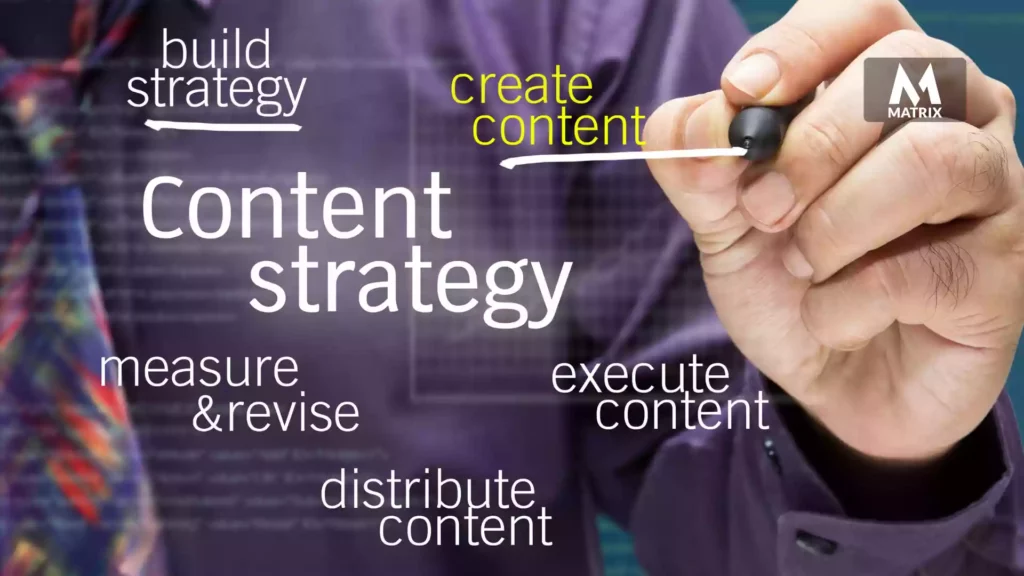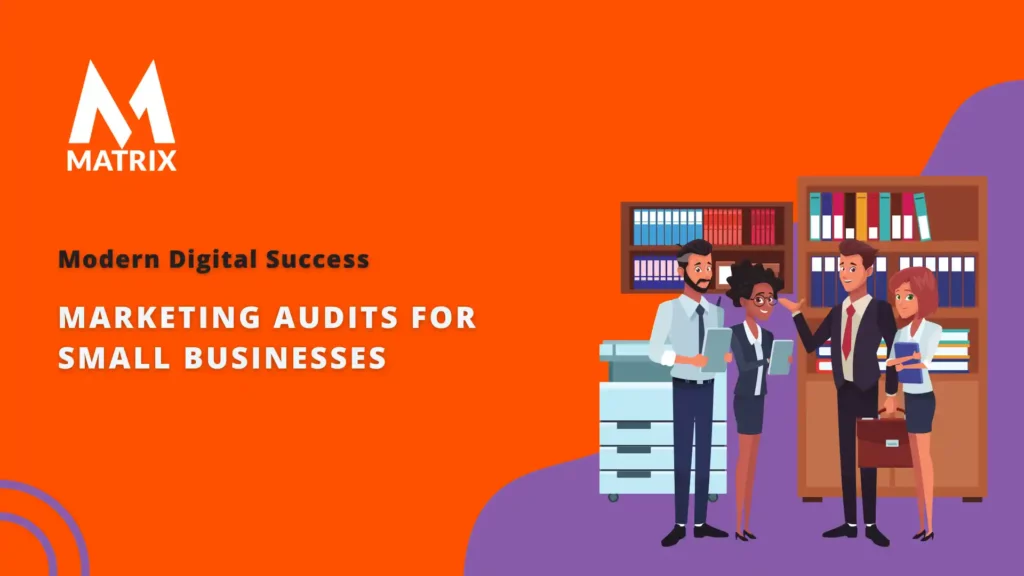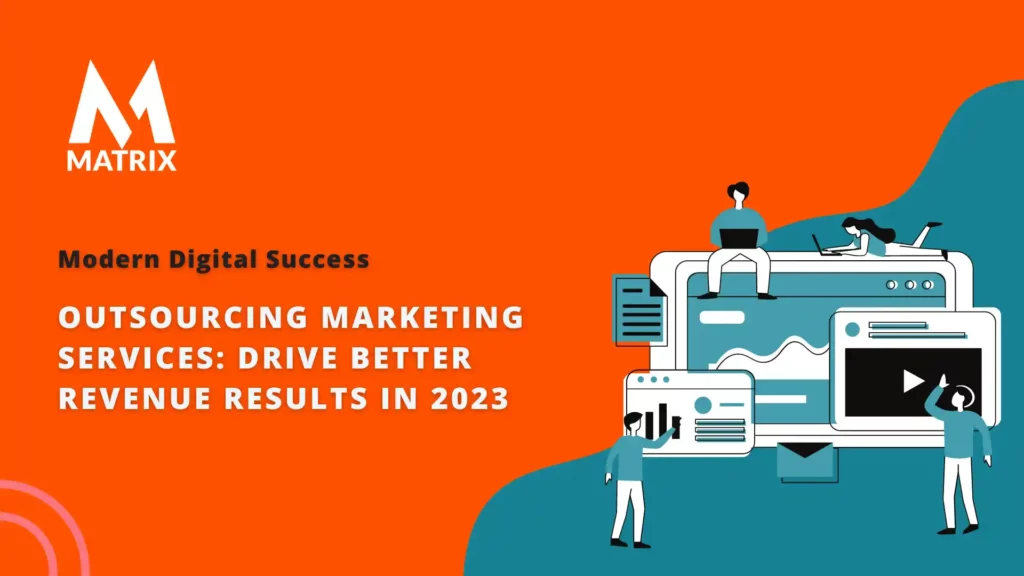Marketing challenges for small businesses and startups can hinder growth.
The key is what you do with the marketing challenges by overcoming them and turning them into opportunities for growth.
As a startup, you’re in an interesting position where you have a clean slate to develop your brand and persona to be anything you want. Yet, you’re also strapped for resources to organize and execute a clear brand vision which can cause marketing challenges.
What are marketing challenges?
- Generating Traffic and Leads.
- Providing the ROI of Your Marketing Activities.
- Securing Enough Budget.
- Managing Your Website.
- Identifying the Right Technologies for Your Needs.
- Targeting Content for an International Audience.
A content marketing plan is necessary to grow your brand and bottom line. Without a content marketing plan, you could miss out on capturing relevant and valuable customers. Instead, by creating relevant and valuable content, you can grow your client list and begin growing your business.
Here are 5 common marketing challenges we received in 2023.
- Driving Traffic To Your Website.
- Targeting Content To The Right Audience.
- Leveraging “Big Data” For Your Marketing Campaigns.
- Turning Website Visitors Into Buyers.
- Bridging Online And Offline Marketing.
Startups face a number of marketing challenges, including:
- Limited budget: Startups often have limited marketing budgets, making it difficult to reach a large audience.
- Lack of experience: Startup founders may not have the experience or expertise to develop and execute a successful marketing campaign.
- Competition: The startup market is very competitive, which makes it difficult to stand out from the crowd.
- Time constraints: Startup founders are often time-constrained, making it difficult to devote the time and effort needed for effective marketing.
Here are some tips for combating startup marketing challenges:
- Focus on your target audience: The first step in any marketing campaign is to define your target audience. Who are you trying to reach? What are their needs and interests? Once you know your target audience, you can tailor your marketing messages to appeal to them.
- Use low-cost or free marketing channels: There are several low-cost or free marketing channels that startups can use, such as social media, content marketing, and public relations. These channels can effectively reach a large audience and generate leads.
- Partner with other businesses: Partnering with other businesses can help startups reach a wider audience and offer their customers a more comprehensive solution. For example, a startup that sells software could partner with a marketing firm to provide their customers with a full-service solution.
- Automate your marketing: Several marketing automation tools can help startups save time and improve the efficiency of their marketing campaigns. These tools can automate email marketing, social media marketing, and lead generation tasks.
- Measure your results: It is important to track the results of your marketing campaigns to see what is working and what is not. This will help you to optimize your campaigns and get the most out of your investment.
By following these tips, startups can overcome marketing challenges and reach their target audience.
Here are some additional tips that are specific to the CPG industry:
- Focus on creating high-quality content: In the CPG industry, content is king. Ensure your content is informative, engaging, and relevant to your target audience.
- Use social media to build relationships: Social media is a great way to connect with customers and build relationships. Use social media to share content, answer questions, and interact with customers.
- Get involved in the community: Industry events and online forums. This is a great way to meet potential customers and partners.
- Be creative and innovative: The CPG industry is constantly evolving, so it is important to be creative and innovative with your marketing strategies. Don’t be afraid to try new things and experiment with different channels.
By following these tips, startups can overcome the challenges of marketing in the CPG industry and reach their target audience.
How Do You Create a Content Marketing Plan?

When you research how to create a content marketing plan, your research will turn up discussions about “big content ideas” that can seem daunting. However, thinking of “big ideas” can often waste time. You can’t manufacture virality, so instead, focus your time on speaking to your specific audience and building awareness about your brand. We’ve already covered creating a content marketing plan and have broken it down into 7 easy-to-follow steps:
- Document your strategy and appoint a leader.
- Prepare a content marketing budget.
- Hire experts for your team.
- Find and use smart tools.
- Content mapping and creation.
- Publish and promote your content.
- Measure the effectiveness of each effort.
Content Is More Than Blog Posts
When people hear that content marketing is important, a typical reaction is, “but I’m not a writer!” Blog posts are important, but the content is more than just blog posts. Content includes images, videos, tools, quizzes, ebooks, etc.
As a startup, you operate with only a few employees who wear many hats and carry out many tasks.
If you don’t have someone in-house to set a content strategy and take time to write blog posts and manage your company’s social media, consider hiring freelancers for writing, videographers, and designers.
Speak to other entrepreneurs in your network about who they use and trust or use a platform like Upwork and others to search and hire freelancers with many different specialties.
Unleash Your Brand
The invention of the printing press revolutionized the written word, yet it did not bring an end to writing. It is evident through the words you are currently reading that writing continues to thrive.
Understand Your Sales Funnel

A great way to help organize your content marketing plan is according to your buyer’s journey. But using your sales funnel, you can organize your content into four distinct buckets and use them to guide you when unsure if a content project fits your brand.
The four buckets are content for brand awareness, research, decision-making, conversion, and maintenance. The further down the funnel you move, the less traffic you will get, but the more qualified your visitors should be, leading to more conversions.
Brand Awareness Content: This content drives traffic to your site with engaging content that is shorter and answers a single question.
Research Content: This content targets people researching an answer to a more specific problem and looking for a third-party partner to help them solve and manage it. The content will be longer or can be gated to collect emails and information from prospective customers.
Decision-making Content: This content is longer-form and positions your brand and product as a solution for their issues. You may feel inclined to list all of the features of your product, but illustrate all of the benefits a company could gain from your product.
Conversion and Maintenance Content: This content reinforces the benefits of your product and uses strong language to inspire action.
You may want to show more than tell by offering more visuals and results to drive someone to fill out a form, input their email, or pick up the phone.
This content can also maintain current customers by showing how a company can derive value from your other products to create repeat customers.
Don’t Publish and Forget It.
The internet is a noisy place. With so much content published daily, content promotion is more important now than ever. This isn’t an “if you write it, they will come and convert” type of discussion.
Ensure you promote your work to help increase the likelihood that a potential customer will find you sooner. It doesn’t have to be all paid promotions, either.
Here are some organic promotion channels; the best part is that most of these are free.

Organic Content Promotion:
- Use your SEO expert to optimize titles, headers, meta elements, and body content for keywords important to your business
- Use your content as an email newsletter fodder and share the high points in your email. Readers will appreciate knowing what they will learn before they click.
- Share your posts on social media channels, creating messaging that will work for each platform’s audience.
- Share your posts with prominent bloggers, influencers, and media publications in your network.
- Traditional word-of-mouth – share information on sales calls and check-in calls with current clients and anyone who enjoys your business.
- Create micro-content from larger pieces – for example, create a small image with a powerful quote or stat for social media, write blog post-round-ups from your industry, etc.
Paid Content Promotion:
If you have the budget, paying to promote your content in the search results, on social media, or with native advertising are all pieces of a well-rounded integrated marketing plan you should consider. To help you with your paid promotion goals, it could be worth investing in platforms for a promotion like Outbrain and CisionPoint.
For those interested in understanding more about pay-per-click advertising (PPC), we have put together a beginner’s guide to PPC that walks you through how PPC works, what the benefits are, who should use it, and how to get started.
Other Marketing Efforts Need a Content Marketing Plan Too

Are you attending an event or conference? In-person events are still a successful way to market your brand and products to potential customers because you have a captive audience interested in what you have to say and sell. 75% of B2B marketers rate in-person events as an effective marketing strategy.
So to make the most of the customers and potential customers you meet, make sure you have a content marketing strategy to promote your attendance and what you learned from others, and follow up with those you met.
For your event marketing strategy, don’t overcomplicate it. There are many free and cost-effective ways to market your event that piggyback onto the work you’re already doing for the rest of your brand and your digital presence.
Before the event, create blog posts highlighting that you’re going, what you will present, and what you’re looking forward to the most. This will help market you and the event itself.
After the event, post any presentations you delivered on SlideShare and write a summary. Write a post about what you learned during the event.
During the event, follow along with the event hashtag and live-tweet the things you’re learning and the people and companies you’re meeting. If you promote a brand or individual you meet on social media, they will likely share or retweet your message and help promote you.
AIContentPad, an Artificial Intelligence-Powered Digital Content Platform
Imagine eliminating 65% of waste in your marketing programs – wouldn’t that be great?
What if you could generate content better, faster, and more affordable than ever before
AIContentPad is more than just another content tool. It’s a transformative, AI-driven platform designed to elevate efficiency, cut costs, and provide data-driven insights that can radically enhance marketing outcomes.
Wrap-up on Marketing Challenges
Do you clearly understand your company’s analytics?
Analytics gives you the power to focus on what’s working and to eliminate what’s not working. Effective use of big data metrics can lead to a 10% to 20% ROI increase, according to McKinsey Marketing & Sales statistics.
While reviewing your numbers, don’t get caught up in your site’s traffic, but focus on the traffic that drives sales, new customers, and deeper customer relationships. Analyze metrics that matter.
However, your demand for the waterfall is critical. How many website visitors turn into a lead? How many leads go through the full sales cycle to a closed sale? And, if you’re creating proposals, how many proposals close, this is your close ratio.
Once you’ve determined which key aspect of your marketing plan is failing or needs a change, it’s time to re-strategize. When re-strategizing, consider that a change in approach is like recharging your marketing battery, providing the power and energy for your next business success.
We’re listening.
Have something to say about your thoughts on marketing challenges?
Share it with us on Facebook, Twitter or LinkedIn.
General FAQ’s
What are marketing challenges?

Let’s go through these top challenges and how marketers can address them.
1. Generating Traffic and Leads.
2. Providing the ROI of Your Marketing Activities.
3. Securing Enough Marketing Budget.
4. Managing Your Website.
5. Identifying the Right Marketing Technologies.
6. Targeting Content for Your Audience.
What are the challenges faced by marketing leaders?
What are the key challenges facing content marketers?

1. Not Understand Your Audience.
2. Consistency in posting relevant articles.
3. Increasing your traffic with content syndication.
4. Gaining traction with valuable content.
5. Publishing high-quality regular content.
6. Producing excellent content in a limited period.





